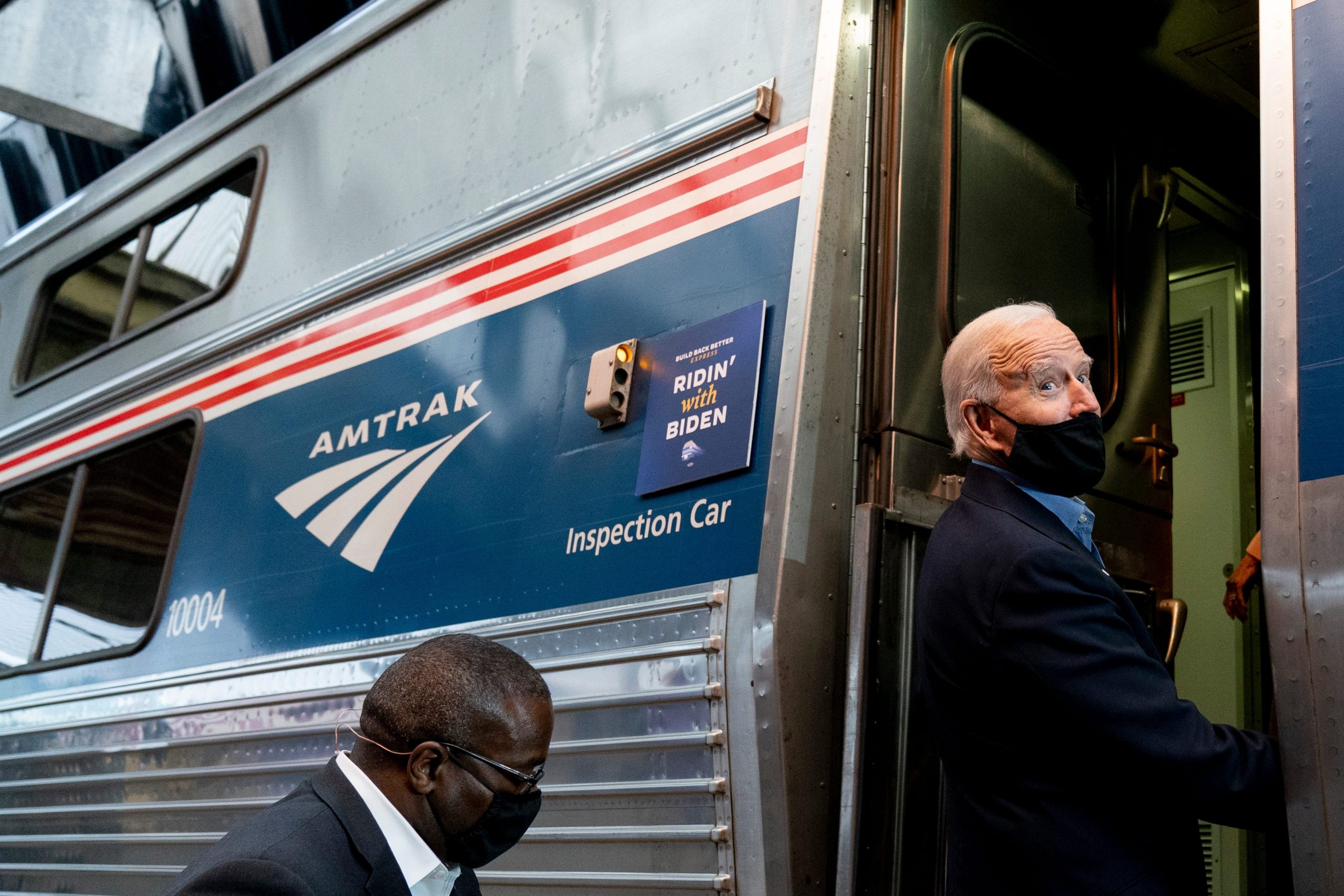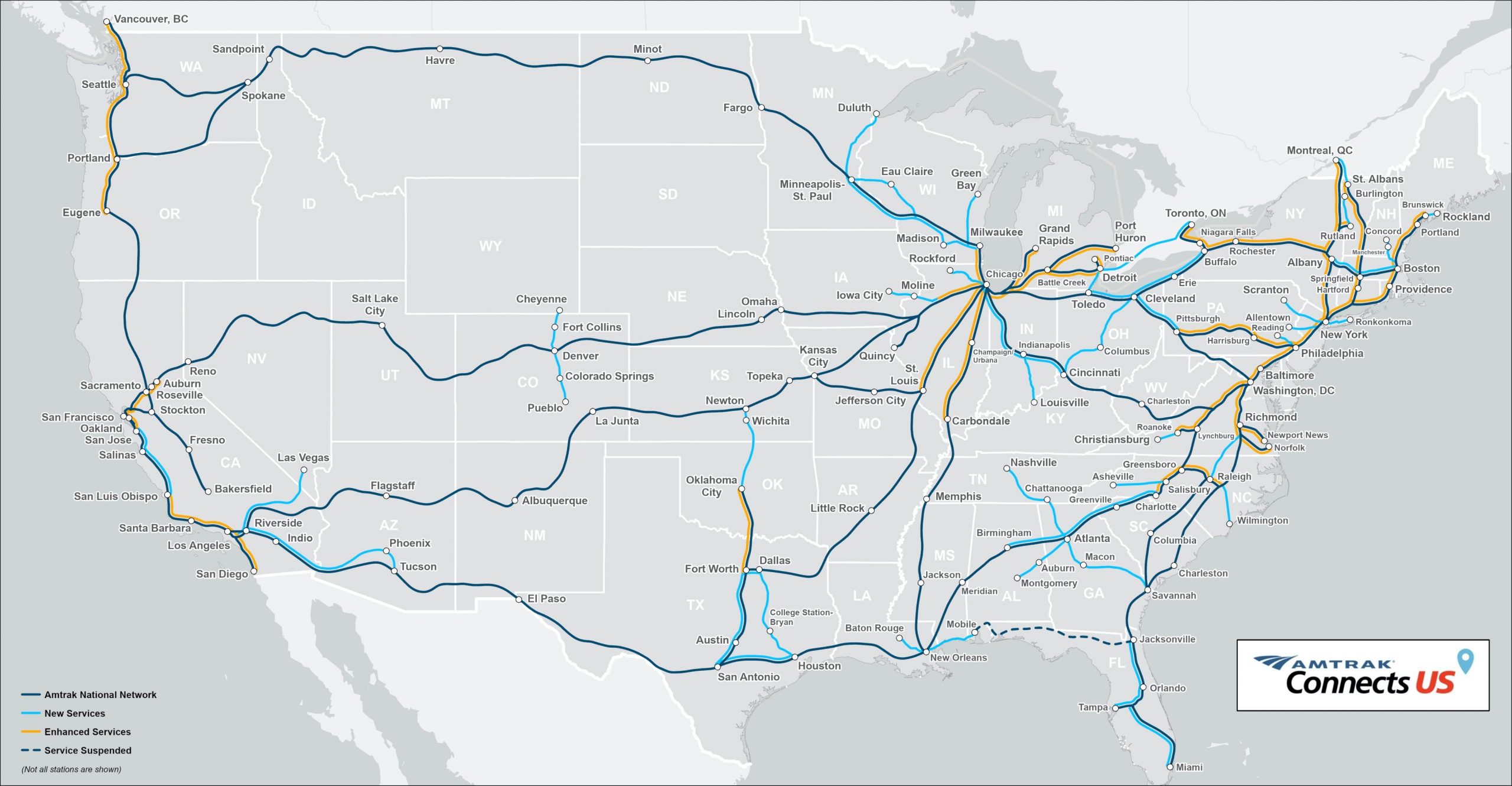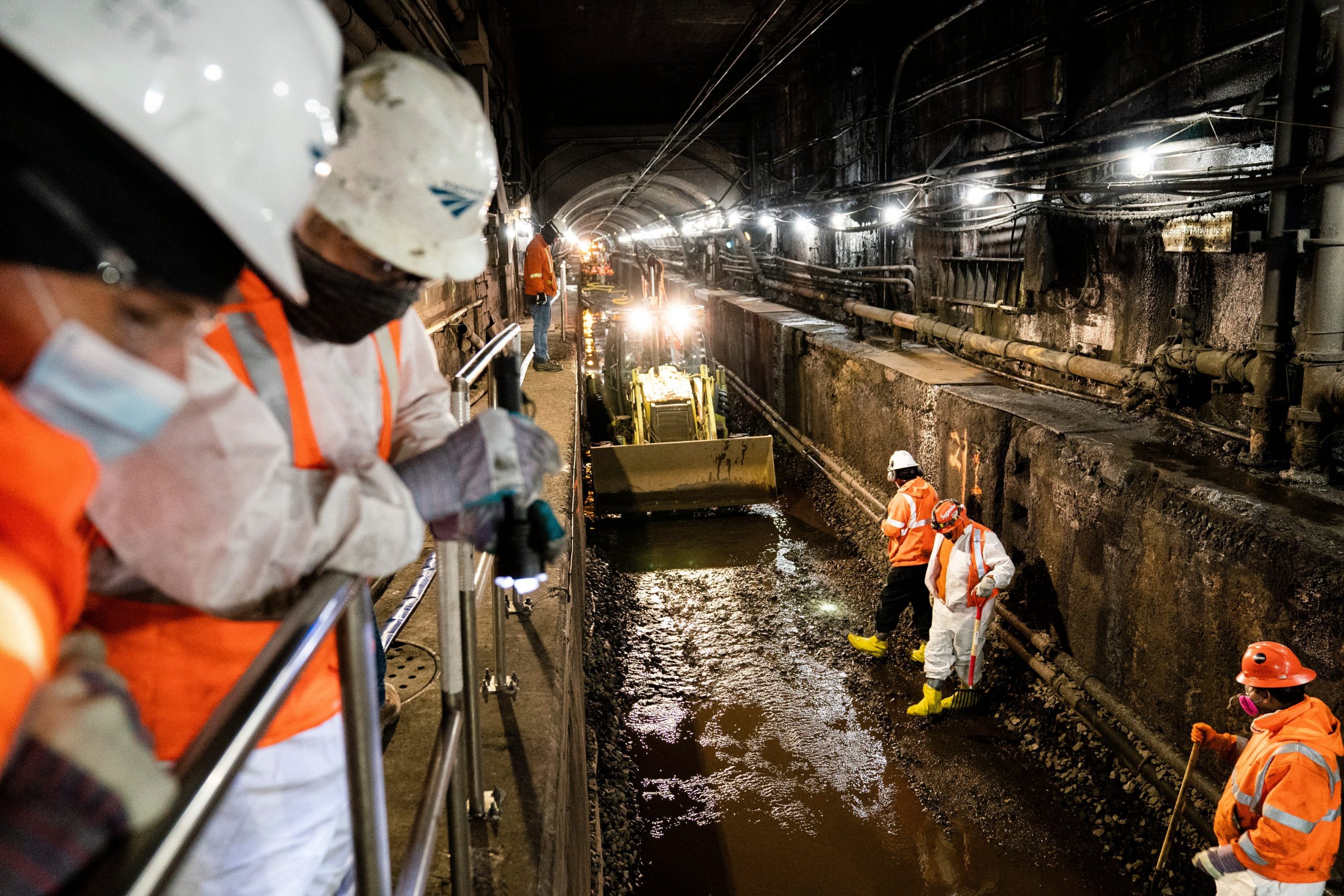
Andrew Harnik/AP Photo
- As Amtrak readies a spending spree, experts say it may cost more to modernize the US system.
- Biden last week announced $80 billion in Amtrak funding as part of his $2 trillion plan.
- See more stories on Insider's business page.
As President Joe Biden last week outlined the $80 billion in funding for Amtrak in his $2 trillion infrastructure package, the railway operator published a map showing all the changes it plans to make in the next 14 years.
There were high-profile new routes to Las Vegas and Phoenix in the west, and Nashville and Montgomery in the south. But experts said the most important part of the plan was the modernization of routes already in place – the ones that have been crumbling for years.
There are few who wouldn't acknowledge that the country's railways, both Amtrak and local ones, have fallen on hard times. The US is consistently ranked lower than other countries on its rail infrastructure. China, Japan, and other countries invested in high-speed trains in the last decades that are more efficient than anything in the US.
The most notable high-speed rail project in the US, for example, a train expected to connect San Francisco and Los Angeles, has repeatedly had its budget trimmed. That route was included in the map released by Amtrak this week, which detailed what it expected US routes to look like by 2035.

Amtrak
The US hasn't historically put as much funding into its rail system as its European or Asian counterparts, said Allan Zarembski, a professor and director of the Railroad Engineering and Safety Program at the University of Delaware.
"This bill will certainly help - but may not be enough by itself, since it does not address the long-term issue of ongoing funding for public passenger systems," Zarembski said on Thursday.
Biden's plan is certain to face opposition from conservatives in congress. Senator Mitch McConnell and Rep. Kevin McCarthy both said last week that the bill was full of wasteful spending.
The bill "[f]ast-tracks $80 billion in new subsidies for Amtrak and its unions, even though Congress provided billions in aid to Amtrak last year," McCarthy said in a statement denouncing "Bidenomics."
McConnell said Biden's plan was full of "sweeping far-left priorities."

John Minchillo/AP Photo
Over the years, academics and researchers have published a range of reports on the US rail system, most of which came to the same conclusion: More funding would be needed to modernize them to the new global standard.
A team of researchers at George Mason University, for example, in 2019 published an analysis of trains in the Northeast US, compared with their counterparts around the world.
To make the Northeast Corridor between Washington, DC, and New York City as reliable, energy-efficient, and safe as French Alstom trains, Amtrak would have to invest $164 million per mile, the researchers wrote.
That would total $37 billion for a single US route, which wouldn't include its yearly operating cost of $570 million. That would be almost half the spending allocated as part of Biden's bill.
Comparing country-to-country rail networks is a difficult task, in part because good systems are dependent on geographies. Even within the US, the rail corridors have varied uses. Commuters pile into the Acela in the northeast corridor, while site-seers relax in the glass-roofed cars that wind through Glacier National Park in the northwest.
But most of the US railway routes were "legacy" systems created by 19th-century railroads that went bankrupt, said Murray Rowden, global head of infrastructure at Turner & Townsend, a New York firm.
There's a growing investment gap between what states are willing to pay and what the railways need. A plan like Biden's can start to make up for those budget shortfalls.
"States always have their ups and downs with their budget cycles when trying to balance their priorities, with the main focus for most transit agencies being to their infrastructure in a 'state of good repair,'" Rowden added.
Dit artikel is oorspronkelijk verschenen op z24.nl